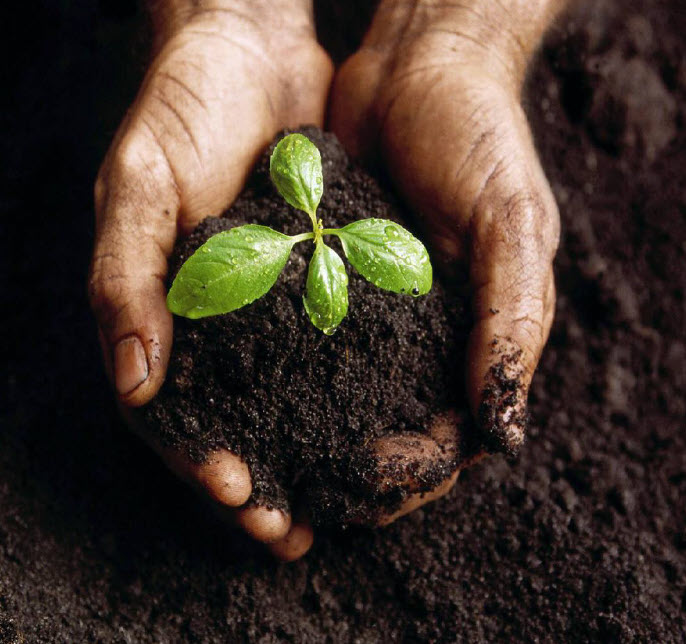Composting
Beyond fixing leaks and teaching kids how to brush their teeth with less than five gallons of water, how can consumers reduce their “water footprint?” As the bulk of residential water flows to outside applications, the yard is a great place to start, and compost is one of the most powerful tools.
Unfortunately, compost seems to be wrapped in mystique. A common misconception is that compost is smelly stuff found in animal barns or in garbage bins. Skewering another myth, compost is not difficult to make – it does not require precise recipes, special starters, or a biochemistry background to make great compost. Compost is man’s term for describing the natural process of reclaiming organic material for plant use. Making compost is clean, healthy, thrifty, and probably patriotic, too.
However, many consumers have not seen good compost in action. Because compost, whether made at home or purchased, is such an effective weapon in a water saver’s arsenal, a demonstration project designed for public visits can help the utility meet water awareness goals.

Like any other part of an awareness campaign, some data is needed on the public’s acceptance and knowledge of composting in the service area. Your investigation should explore local perceptions of composting and what kinds of deed restrictions subdivisions may have placed on composting.
To overcome barriers to home composting, several questions need to be answered. What is compost and how does it help water quality? How much space do I need? What kind of equipment do I need? How do I make good compost? The water utility can answer these questions and encourage composting with an on-site demonstration project that demystifies the compost process and showcases its benefits. Consumers will find that compost is not yucky and that a composter can be as small as a storage box.
A working compost facility maintained in the utility’s project demonstration area can be used to explain the decomposition process. It can also provide property owners with ideas on how to build and maintain attractive, functional, and odorless compost containers. Informational signage will increase visitor understanding and participation, and it can be reinforced with educational take-home materials. Topics for educational signs or handouts could include building plans, guidelines for building a pile, explanations of types of composting, and local sources of materials.
From the following sections, you will find that space is not a restriction in developing an on-site compost demonstration. However, there are other reasons for locating compost off-site. For instance, children are fascinated by compost, and this is an area that is ripe for developing school partnerships. Also, parks and commercial landscapes often have abundant organic material, and they have steady streams of visitors who would be exposed to partnership projects in those locations. See the discussion “Partners in Composting” later in this section for ideas on developing off-site compost demonstrations.